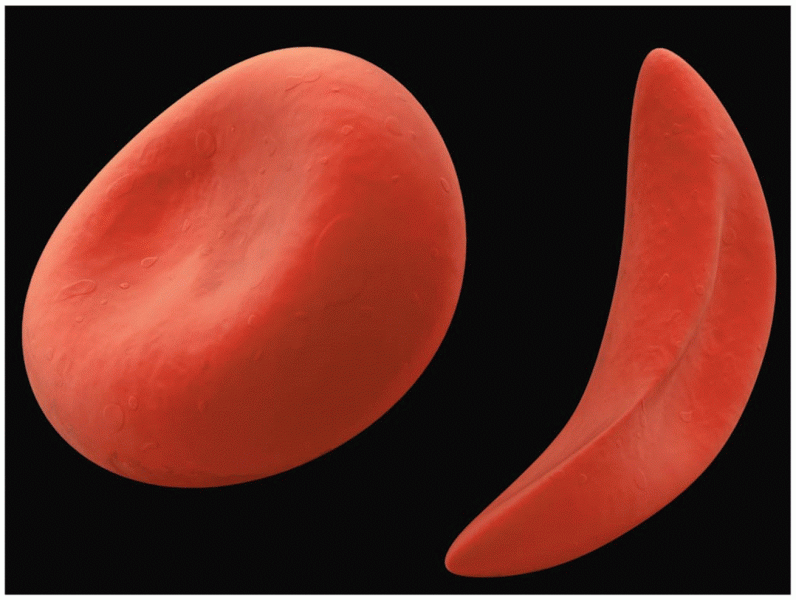This topic contains a solution. Click here to go to the answer
|
|
|
Did you know?
For pediatric patients, intravenous fluids are the most commonly cited products involved in medication errors that are reported to the USP.
Did you know?
Asthma cases in Americans are about 75% higher today than they were in 1980.
Did you know?
Green tea is able to stop the scent of garlic or onion from causing bad breath.
Did you know?
Women are 50% to 75% more likely than men to experience an adverse drug reaction.
Did you know?
The first oral chemotherapy drug for colon cancer was approved by FDA in 2001.







